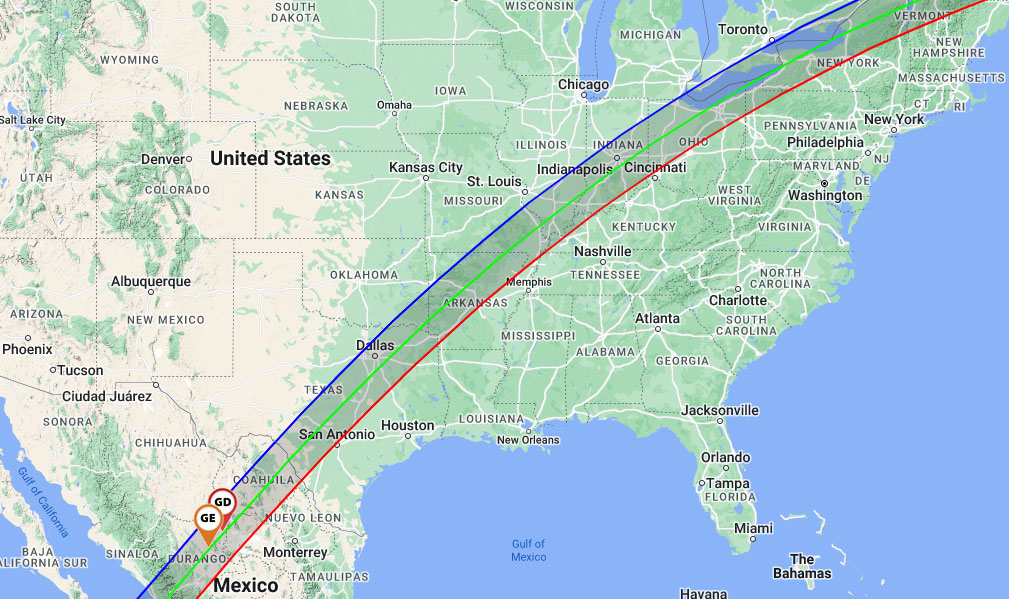Catch a Glimpse of the April 8 Solar Eclipse a Little Early via Supercomputer Sims
Story by:
Media contact:
Published Date
Story by:
Media contact:
Share This:
Article Content
The much-anticipated April 8 solar eclipse is quickly approaching and a team of researchers from Predictive Science Inc. has been using the Expanse supercomputer at the San Diego Supercomputer Center (SDSC) at UC San Diego to continuously update simulations of what the eclipse might look like.
The prediction models are primarily focused on accurately describing the conditions of the solar corona, which is the tenuous outer atmosphere of the sun that becomes visible during a total solar eclipse. Such predictions can help scientists who are planning special observations for the eclipse—observations that are used to better understand the interconnected physics that links the solar surface to the inner heliosphere.
Similar prediction images were available for the Dec. 4, 2021, solar eclipse. This year, however, the team will be running models in near-real time while actively ingesting the latest satellite measurements that drive the model.
“Our previous coronal predictions corresponded to a boundary condition based on a single photospheric magnetic map, incorporating data that at best was measured 10 to 14 days prior to the eclipse,” said Cooper Downs, who leads the research. “This year, we introduced a new paradigm with a continuously updated prediction based on a time-evolving model.”

The team is currently posting a prediction that is updated hourly. The model will continue to be updated until the day of the eclipse – April 8. The idea is that the prediction model will improve in real-time as it gets closer to totality.
Share This:
You May Also Like
Stay in the Know
Keep up with all the latest from UC San Diego. Subscribe to the newsletter today.




